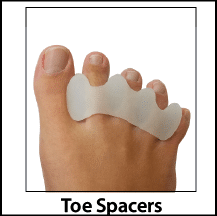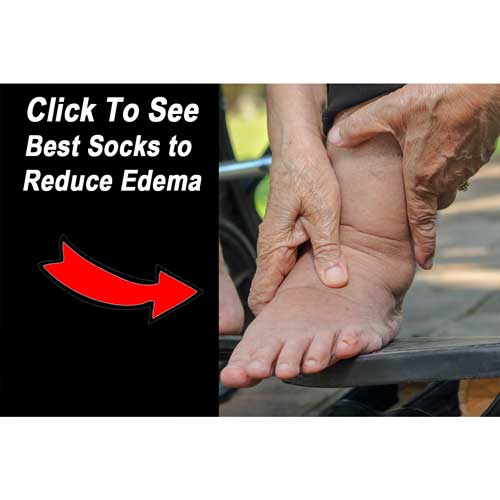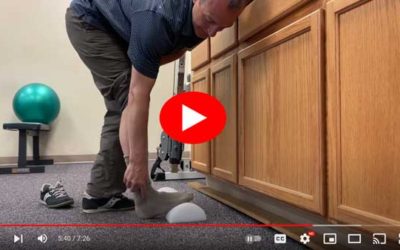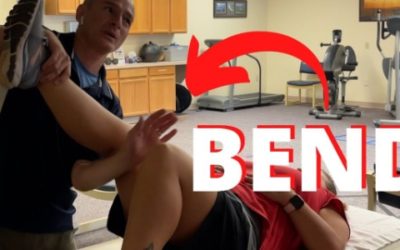Do Toe Spacers Help Bunions
Yes, toe spacers help bunions by mechanically realigning the great toe with the natural structure of the medial foot and arch.
Toe spacers should initially be used for short periods of time, up to 20-minutes a day during the first week before increasing to several hours at a time after the break-in period.
The following video explains the anatomy of the foot and how our understanding of normal foot structure has changed over the years.
Do bunions require surgery?
No, not all bunions require surgery. In my physical therapy practice, I find many patients who present with other complications such as knee or ankle pain also have bunions.
When we correct problems in the foot (including the toes) we can often resolve problems in the rest of the leg.
In the video below I share some simple manual therapy techniques you can perform at home to reduce some of the harmful mechanical changes associated with bunions.
When is surgery required to treat a bunion?
After conservative measures have been exhausted and the bunion is causing your enjoyment of life to decline then surgery may be indicated.
If you find that you are becoming less active, spending less time with friends and family, or you are just too frustrated by the pain and annoyance of the bunion then it may be time for a consultation with a surgeon.
Can massage therapy help bunions?
Yes! Massage therapy may help to reduce the pain and soreness in the foot and arch. Massage therapy may also be a great option for the rest of the lower leg.
A bunion will often cause you to change the way you walk or the alignment of the lower leg relative to the knee and hip. This may result in muscle guarding and fatigue in the calf, hamstring, IT Band, and quadricepts.
Also, manual therapy can be a great way to reduce the negative effects of arthritis and reduce subjective pain.
In this video, I share my favorite manual therapy techniques which may be performed at home.
Related articles:
3 TIPS to STOP Ankle Pain After Knee Replacement Surgery
Ankle pain after total knee replacement surgery is very common. Osteoarthritis of the knee causes the knee to change shape over time. The knee replacement surgery will correct any malalignment of the knee, but it causes excessive stress on the ankle and hip. In this...
Is a Manipulation Under Anesthesia MUA Painful
No, during a manipulation under anesthresia after a total knee replacement you will be placed under sedation and the procedure is painless. During the following 24 to 48-hours you may feel some increased soreness and swelling, but very few patients actually reqort...
Recovery After MUA Manipulation Under Anesthesia [VIDEO]
Video SeriesAnthony Maritato, PT has been a licensed physical therapist and private practice owner since 2006. Ohio license #PT011602. Anthony has been passionate about helping patients recover from total knee replacement surgery as well as rotator cuff repair surgery.




